We are back with some more amazing aircraft that were used during World War 1; the world’s very first war that was held on global scale. Many of the iconic aircraft that were sued in this war are not present today but some are still held in museums in restored shapes as well as some are held by private collectors.
Without further wait, we present to you the Iconic Planes of World War I (Part 2).
Bristol M.1. Monoplane Scout

The Bristol M.1. Monoplane Scout is the fighter plane of the World War I that was manufactured by the Bristol Aeroplane Company and is the result of the ingenious design presented by the aviation designer named Frank Barnwell. This fighter plane was the world’s very first and successful monoplane.
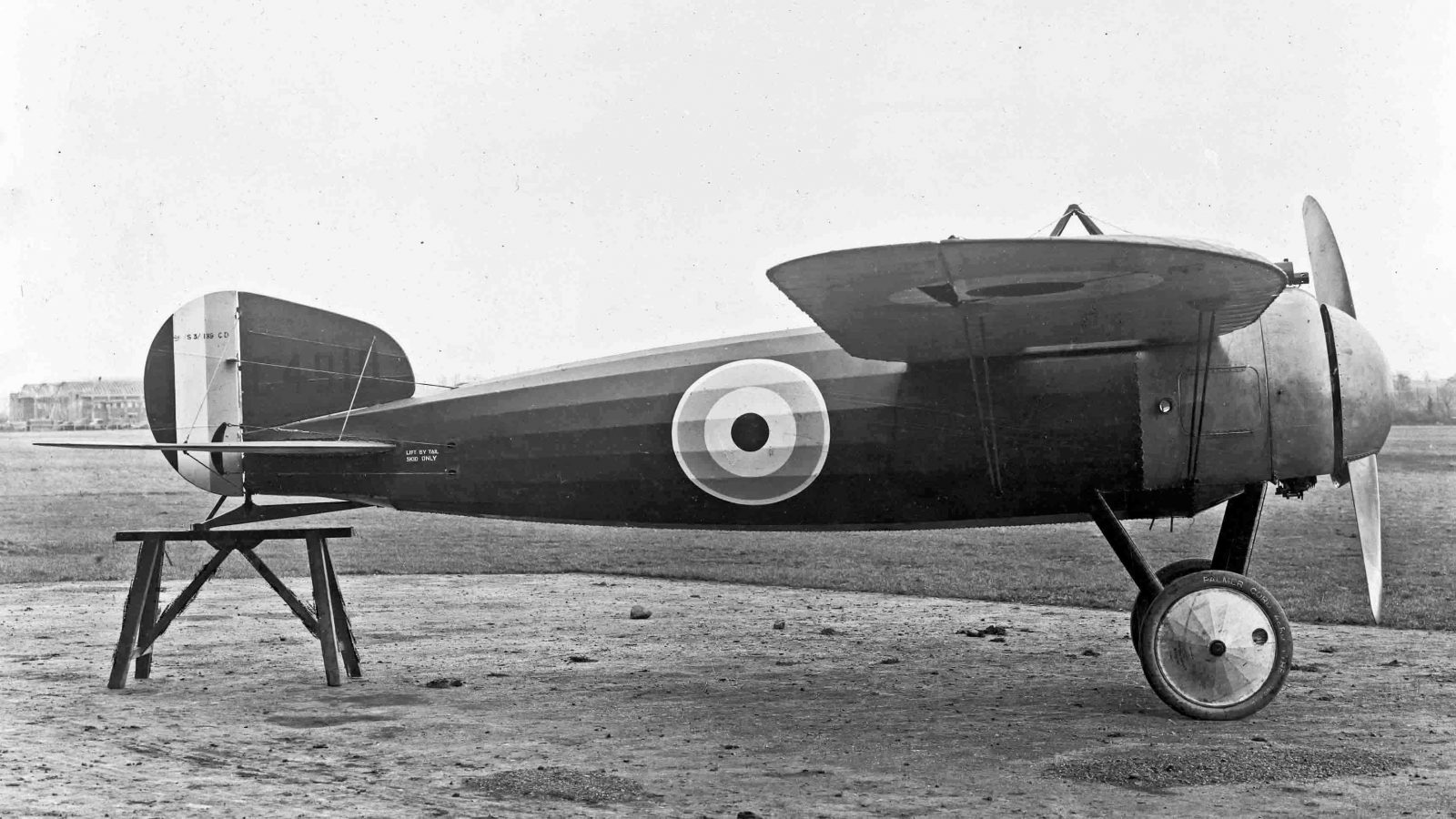
The fighter plane made its first appearance in the middle of the World War I back in 1916. The plane presented a wood and fabric construction of traditional design which was then reinforced with the help of internal flying wires as well as steel tubes.

The most action that the Bristol M.1. Monoplane saw was in the sortie of Balkans where it was heavily favored by the British troops for its amazing ease in flying. The aircraft also went on to become a popular plane among the ranking officers of British Air Force. The aircraft had a top speed of 130 mph. these days only a handful of these fighter planes are present in their entirety.
Fokker Dr.I
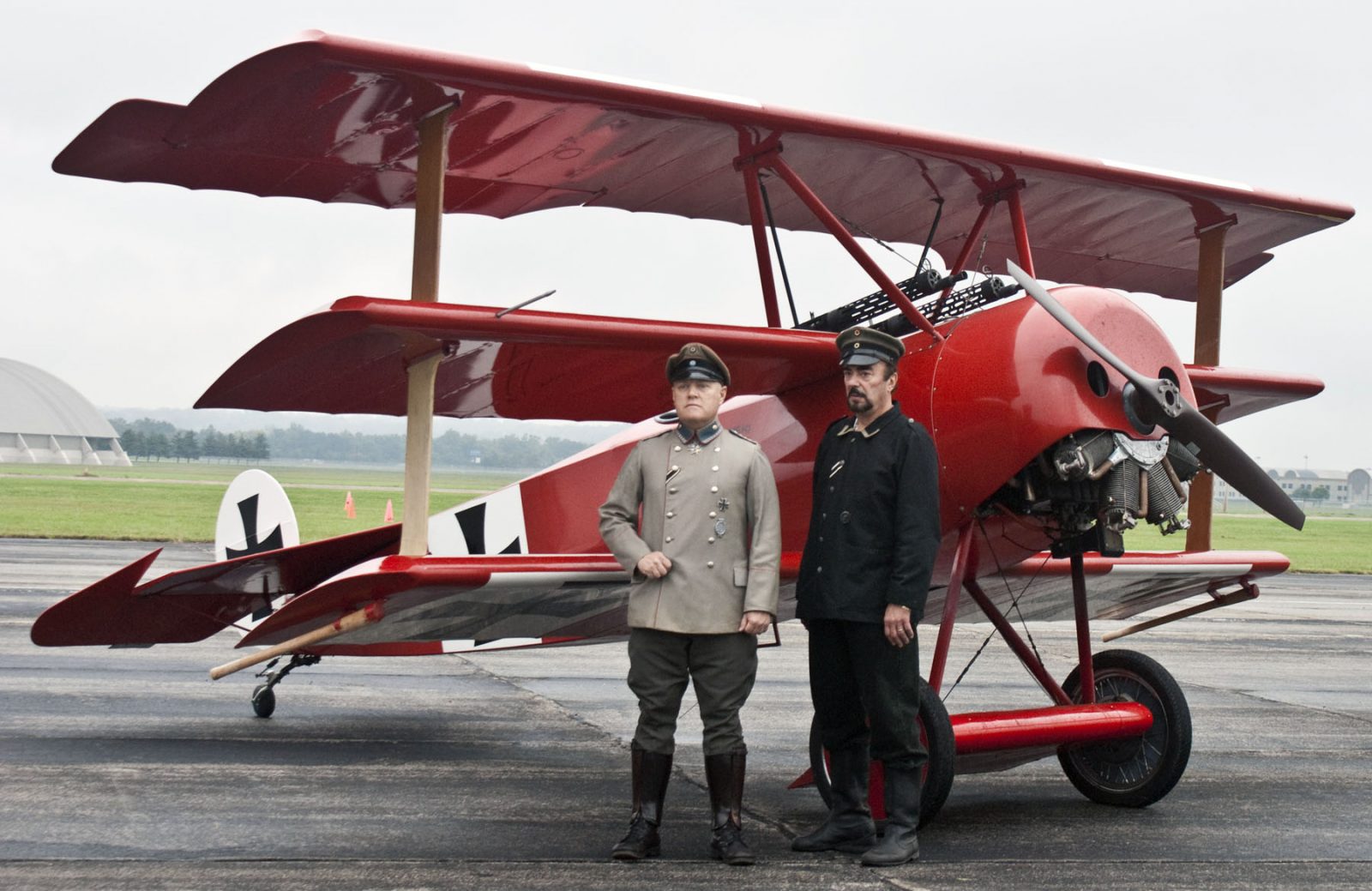
Fokker Dr.I or the Fokker Dreidecker is the name of the German tri-plane. The aircraft presented a three-wing design which made it prominent in the era which was dominated mostly by biplanes. The aircraft’s popularity saw the rise when it was heavily favored by the legendary pilot Manfred von Richthofen aka the Red Baron. This was the same aircraft, in which he won 19 of his last 19 dogfights before he died back in April of 1918.
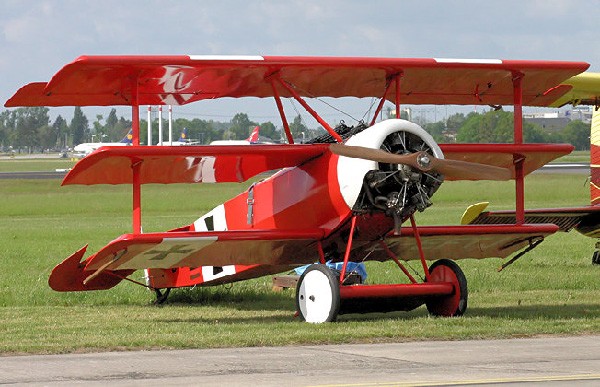
The fighter plane’s design was inspired from another plane The Sopwith Tri-plane and the Fokker engineers made their own plane based on it. The aircraft was designed to be heavily equipped with 2 of the 7.92mm Spandau machine guns while the aircraft was powered by a 9 cylinder rotary Oberursel engine that allowed it produce 110 HP.
While the aircraft was heavily favored during World War I by many pilots, only a handful of these aircraft survived the full effect of the war.
Sikorsky Ilya Muromets
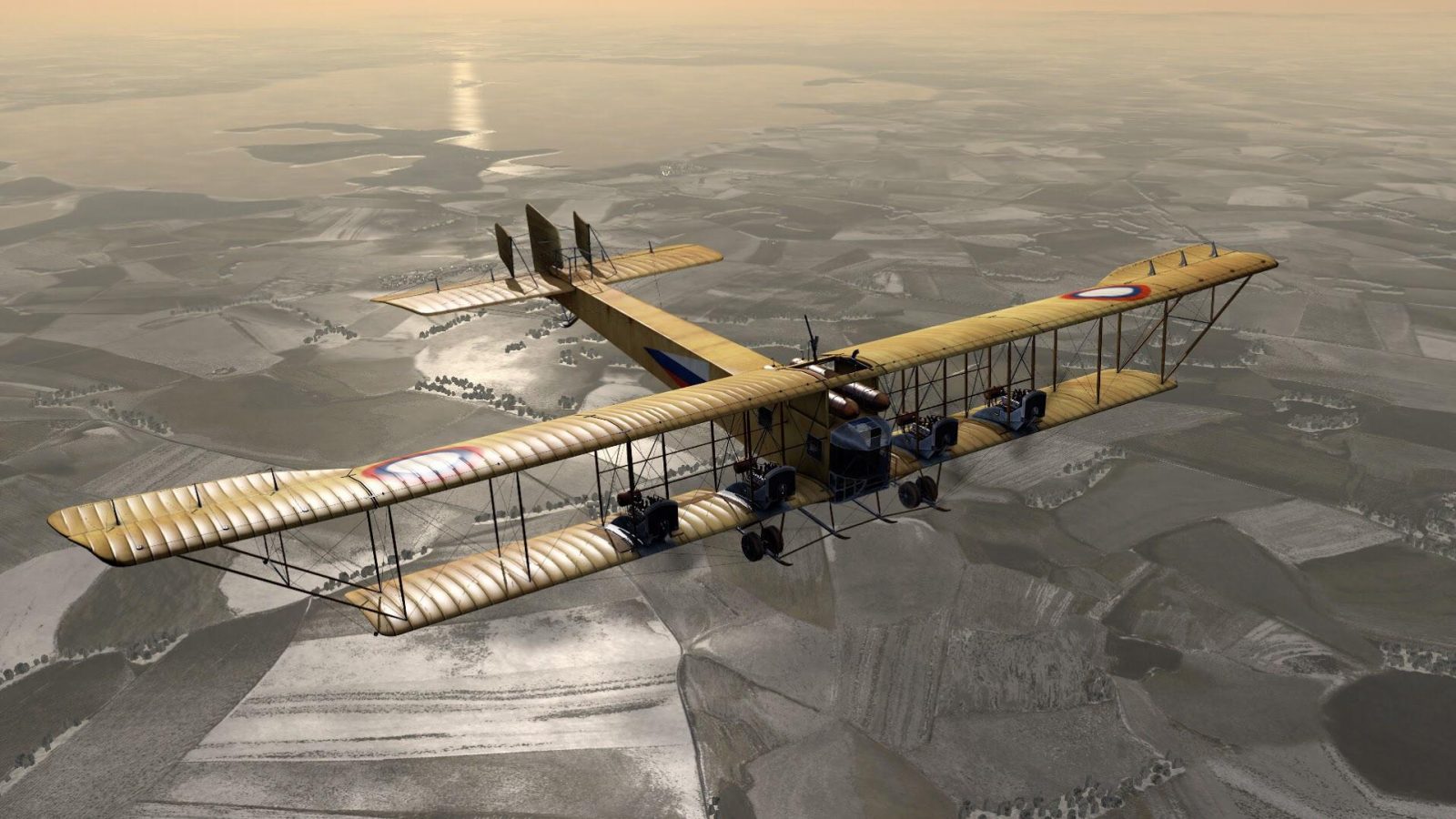
During the Great War waged by Imperial Russia, a series of aircraft were designed by the country to take part in the war for them. The aircraft used was the Sikorsky Ilya Muromets. Although the aircraft was not that popular in the West, it was still amongst the best of their time.
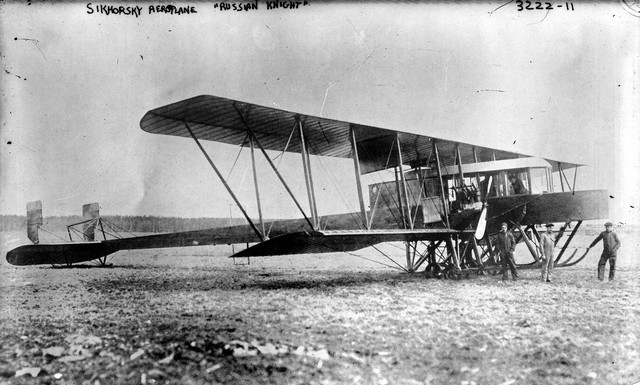
The aircraft was powered by 4 of the Sunbeam Crusader V8 engines with each of them having the ability to produce 150 HP, thus giving it a top speed of 68 mph and a service flight time of nearly 10 hours. The aircraft with its long range was an ideal long-range bomber aircraft of its era. The plane had the capacity to fly with a payload of up to 1500 pounds and made some of the most devastating bombings runs for Imperial Russia.

Sopwith 1 ½ Strutter
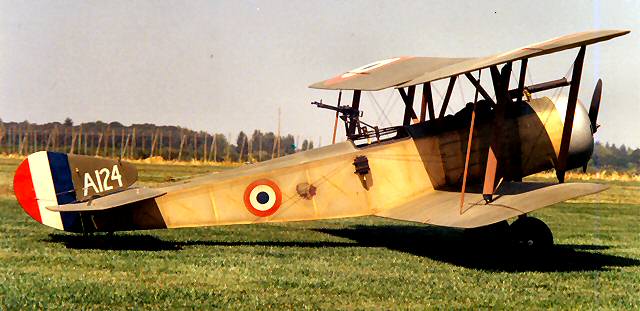
The Sopwith 1 ½ Strutter was available in two designs; a single seater and a double seater and was one of the best multi-ole b8ipalnes during the World War I. the name Sopwith 1 ½ Strutter was given to this aircraft because of its peculiar design of having short but long cabane struts on its top wings for support. This aircraft was also the first bi-plane to have the synchronized machine gun which allowed it to fire at the enemy through the moving propeller.
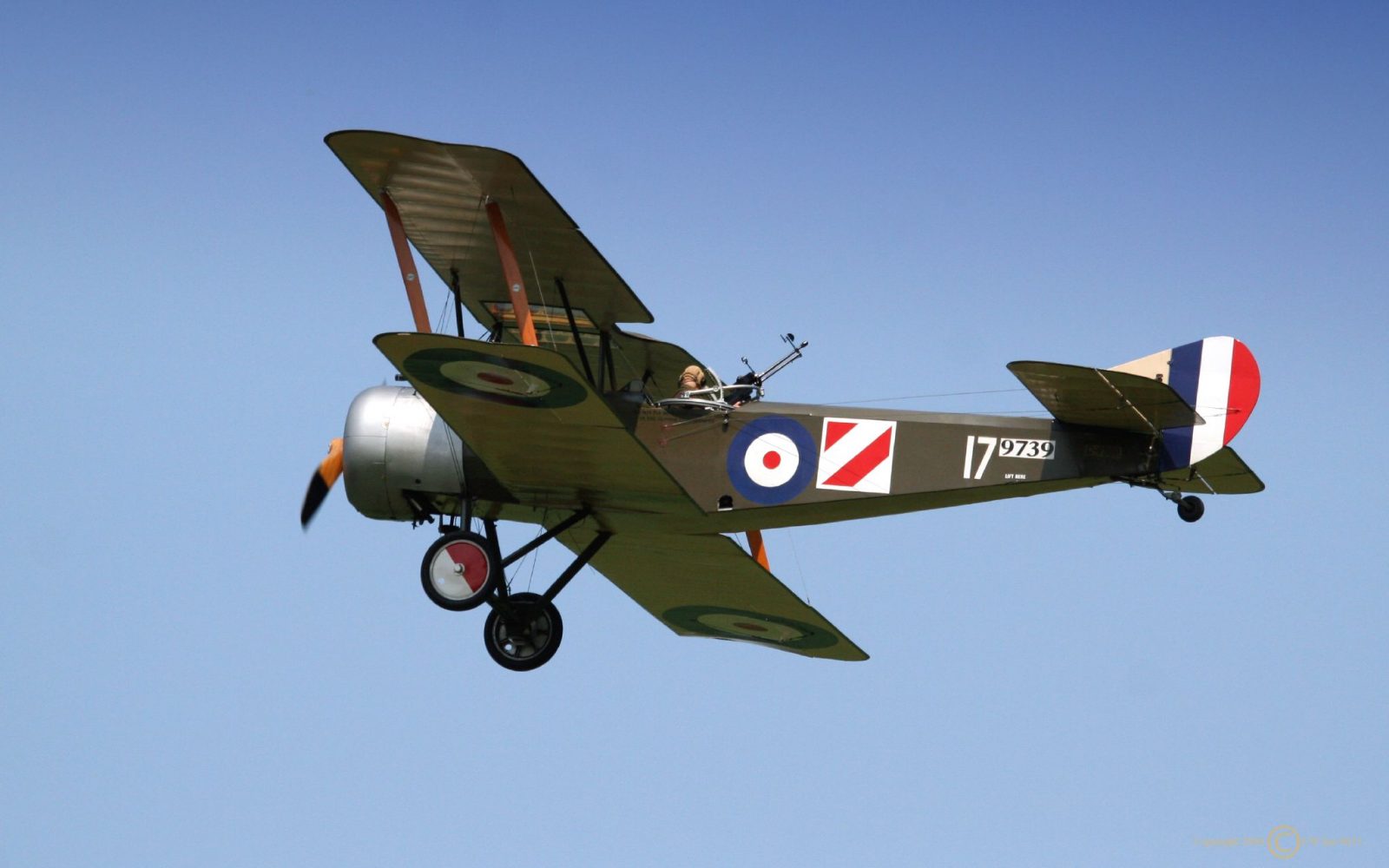
The Sopwith 1 ½ Strutter was powered by a single Clerget 9B rotary engine that allowed it to produce 130 HPO with a top speed of 100 mph. Although it was not the fastest aircraft during World War I, it was still able to compete on par with many other amazing biplanes of its time. The aircraft was fitted with 1 forward shooting Vickers machine gun and 1 observer cockpit Lewis Machine gun. The aircraft also had the ability to fly with and drop a payload of 130 pounds. All of these made it one of the versatile fighter planes of its era.

Pfalz D.III
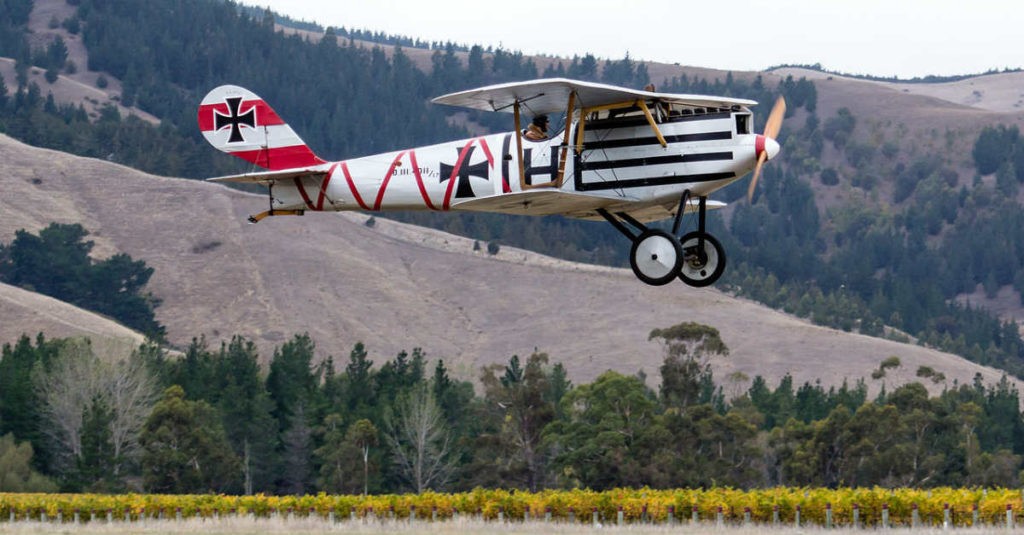
Although the Pfalz D.III came a little late into World War I, it still allowed to have the better advantage. Due to coming late, the engineers were able to learn from their various mistakes as well as other merging technologies to make the Pfalz D.III, one of the latest World War I multirole fighter planes.
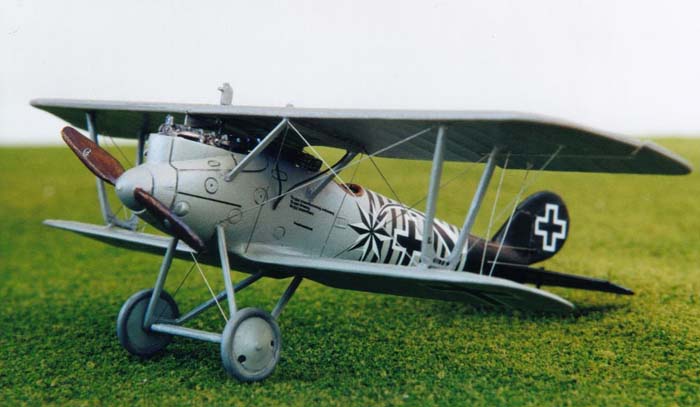
The aircraft was initially inspired from the design of Morane-Saulnier monoplane. To power the aircraft, designer equipped it with a specially built Mercedes D.IIIa six-cylinder engine that allowed it to generate an as6tonsihing 160 horsepower. This, in turn, gave it a top speed of little above 100 mph. the engine also gave the aircraft an impressive ceiling climb time. It could reach the height of 5000 feet in a little under 7 minutes which allowed it to have an advantage over many other fighter planes of the World War I.
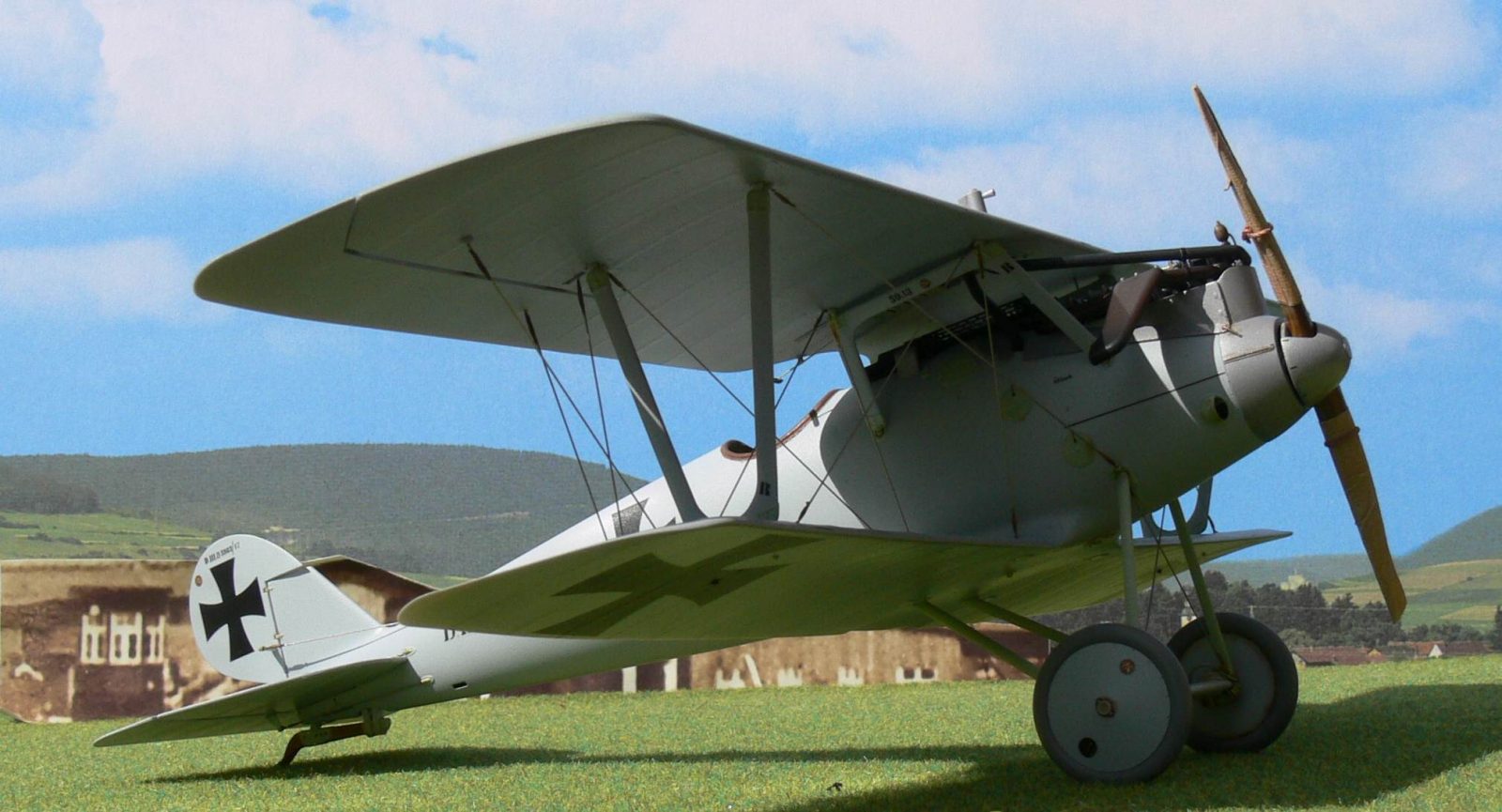
Although the aircraft was heavily used by the Ottoman and German forces, not a single one of these aircraft survives today. Still, a number of near-perfect replicas of this aircraft have been manufactured.
Blériot XI

The Blériot XI is the aircraft that was the result of the ingenious efforts of the aviation designer and pilot named Louis Blériot. It was the first aircraft at that time that crossed the English Channel and marked an important step in the history of aviation.

The aircraft was a monoplane and was reinforced with the help of flying wires, which was also the very first of its kind along with its rudder design. The aircraft also had the elasticized cords, again the very first for any aircraft of its era, which sit eh first use of the bungee cord on an aircraft.
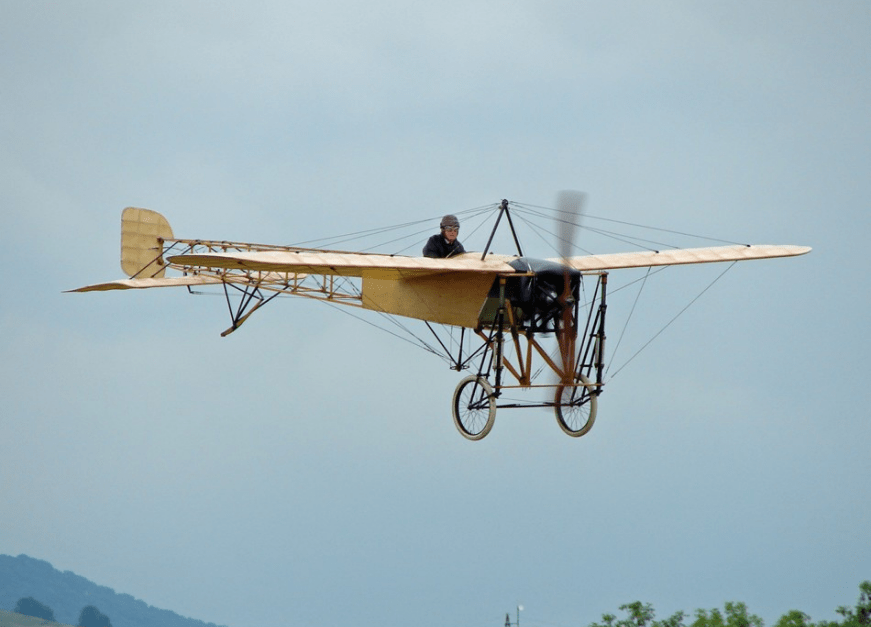
The aircraft’s production was ceased when World War I started but in between the war, it was again employed as a reconnaissance aircraft, mostly during 1914.
Related Content


